Do you have a question about the Helios MiniVent M1/100 and is the answer not in the manual?
| Category | Fan |
|---|---|
| Airflow | 100 m³/h |
| Sound pressure level at 3m | 35 dB(A) |
| Voltage | 230 V |
| Frequency | 50 Hz |
| Protection class | IPX4 |
| Material | Plastic |
| Weight | 0.6 kg |
| Noise level | 35 dB(A) |
| Type | Axial fan |
Instructions for complete and effective operation and safety of the fan.
Safety-relevant symbols and regulations must be strictly adhered to.
General safety at work, electrician qualifications, and isolation procedures before maintenance.
Warranty void if documentation not observed or unauthorized parts used.
Product conforms to EU guidelines when installed and used as intended.
Fan is packed to protect against normal transport strain.
Check shipment for damage and correctness immediately upon delivery.
Proper storage conditions to avoid damage and prolong motor life.
Suitable for normal air, indoor use; prohibits misuse and operation in explosive atmospheres.
Electrical connection, start-up, installation, servicing by qualified electricians only.
Fans meet DIN EN 60335-2-80 requirements; no protection guard needed.
Motors have thermo contacts for automatic switch-off/on upon cooling.
Overview of MiniVent M1/100 and M1/120 types with reference numbers.
Detailed technical specifications for M1/100 and M1/120 models.
List of available accessories with reference numbers for installation and control.
Designed for a service life of at least 40,000 hours under specified operating conditions.
Diagrams showing physical dimensions for M1/100 and M1/120 models.
How the fan can be operated using a light switch or optional speed switch.
Instructions for cleaning the fan using a damp cloth, avoiding harsh agents.
Procedure to unlock and remove the fan facia using snap-in hooks.
List of delivered parts and design features of the MiniVent M1/100/120.
Safety instructions and checks before installation to prevent damage.
Guidelines for direct wall installation, ensuring a flat surface and solid mounting.
Safety instructions and requirements for electrical connection by certified electricians.
Steps for connecting the supply line and initial start-up, including cable routing.
Details on mounting the fan, including terminal compartment cover and facia.
Regular checks to ensure smooth functioning of the fan.
How the fan can be operated with a light switch or optional speed switch.
Diagrams showing wiring and circuit connections for standard and MVB models.
Safety, checks for secure mounting, contamination, damage, and operational parameters.
Table listing common faults, their causes, and troubleshooting steps.
Guidelines for expert disposal of fan parts after service life expiry.
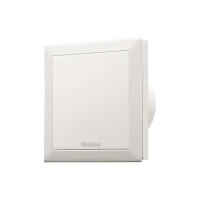
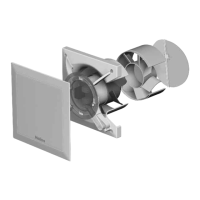
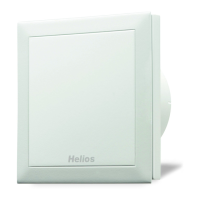
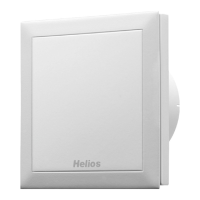
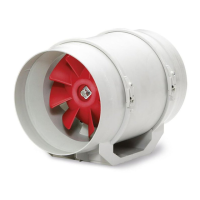

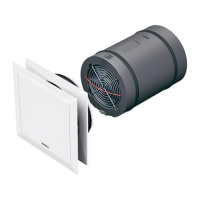

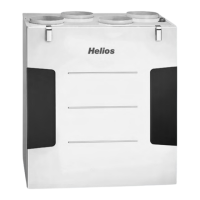

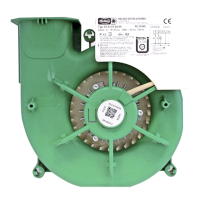
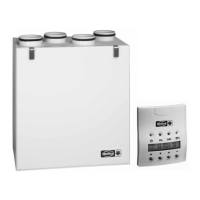
